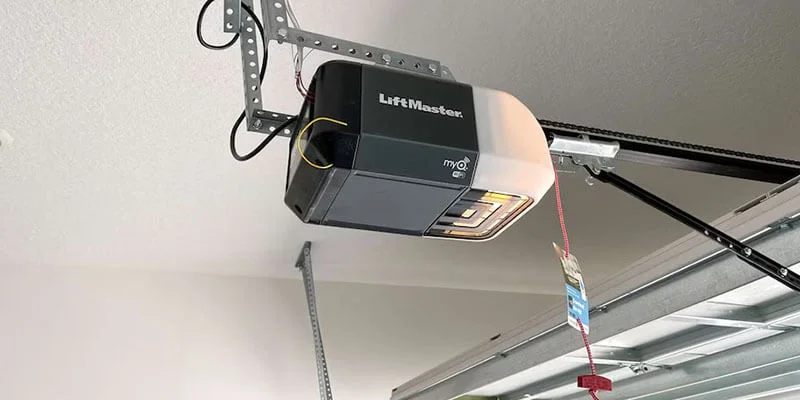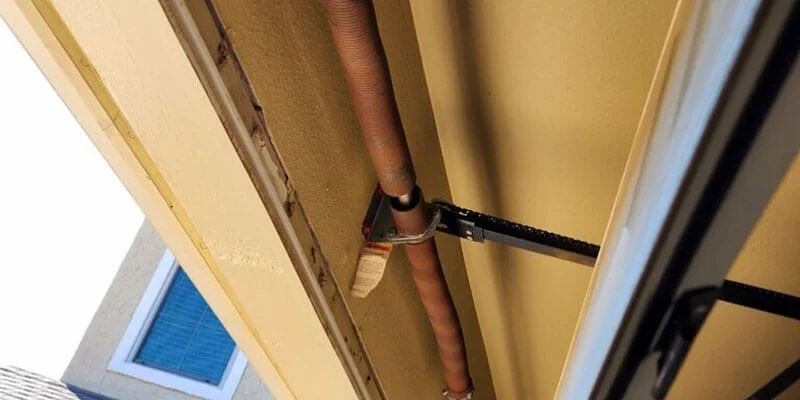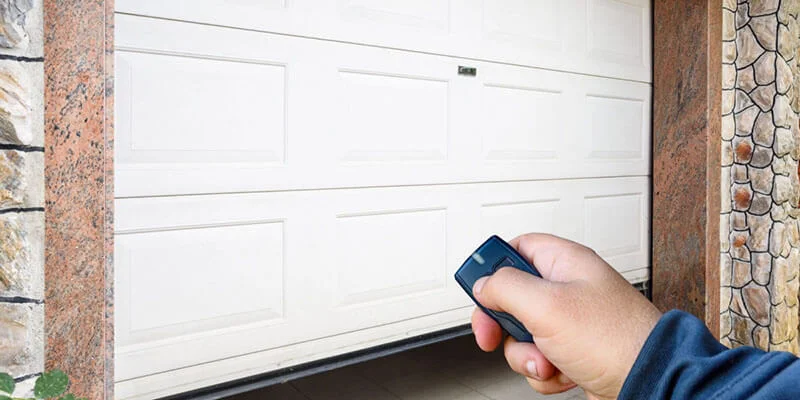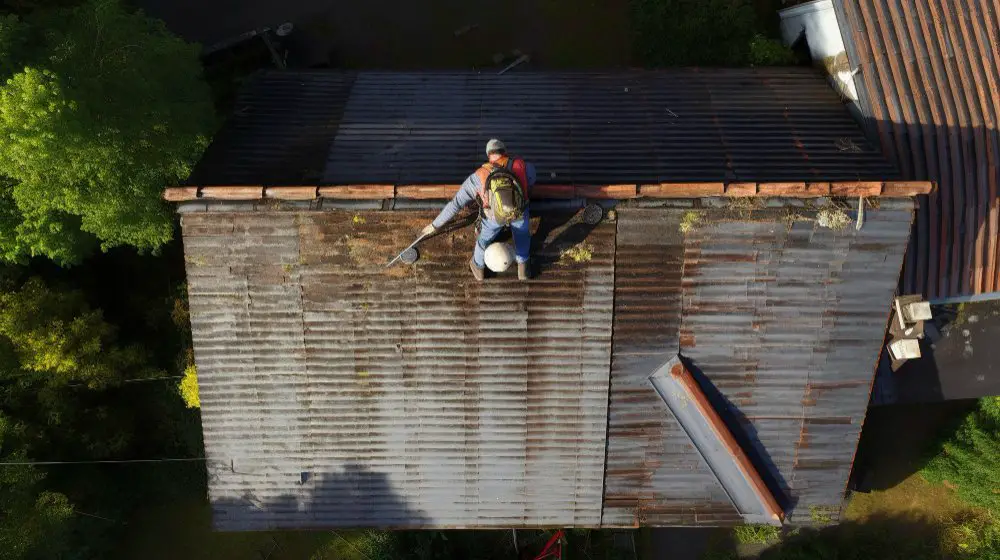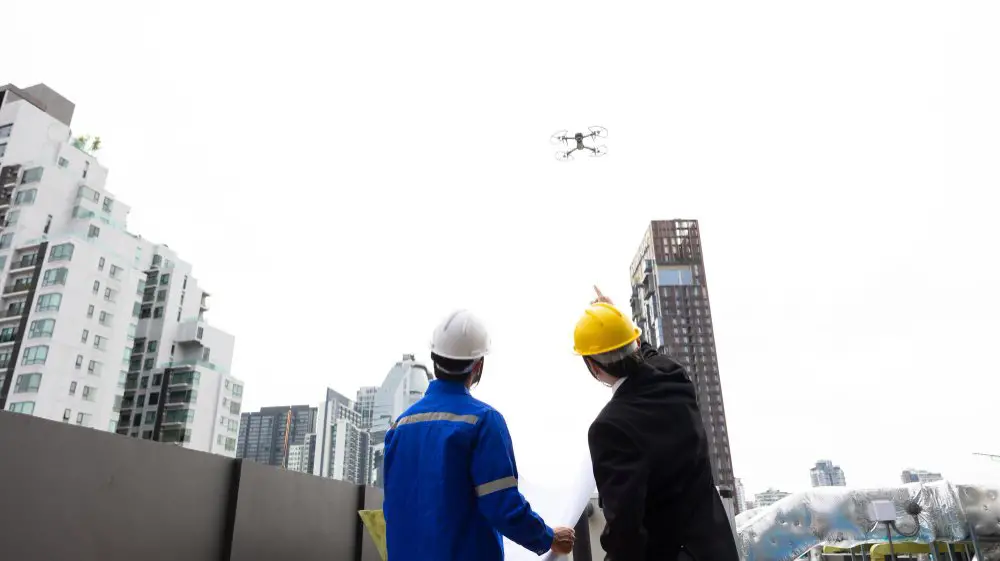Chain link fences are a popular choice for homeowners and business owners alike because they are durable, affordable, and require minimal maintenance. However, the durability of a chain link fence is directly related to the quality of the installation. One of the most important aspects of a chain link fence installation is the depth at which the fence posts are installed. In this article, we will explore how deep chain link fence posts should be installed for maximum durability and provide some tips on choosing the best chain link fence panels for your needs.
The Importance of Proper Fence Post Depth
The depth at which chain link fence posts are installed is critical to the overall strength and durability of the fence. If the posts are not installed deep enough, the fence may become unstable and begin to lean or even collapse over time. On the other hand, if the posts are installed too deep, they may be unnecessarily difficult to remove if the fence needs to be replaced or repaired.
The general rule of thumb for chain link fence post depth is that they should be buried to a depth equal to 1/3 to 1/2 of the overall height of the fence. For example, if you are installing a 6-foot fence, the posts should be buried to a depth of at least 2 to 3 feet. This depth provides enough stability and support for the fence while still allowing for easy removal if necessary.
Another factor to consider when determining the depth at which to install chain link fence posts is the soil conditions in your area. If you live in an area with soft or sandy soil, the posts may need to be installed deeper to provide adequate stability. Conversely, if you live in an area with hard or rocky soil, the posts may not need to be installed as deep.
Choosing the Best Chain Link Fence Panels
In addition to proper post depth, choosing the best chain link fence panels is also important for maximum durability. There are several factors to consider when selecting chain link fence panels, including the gauge of the wire, the size of the mesh, and the type of coating.
The gauge of Wire:
The gauge of the wire used in chain link fence panels is an important factor to consider because it determines the thickness and strength of the wire. The most common gauges for chain link fence wire are 11, 12, and 9. The lower the gauge number, the thicker and stronger the wire will be. For maximum durability, it is recommended to choose fence panels with a gauge of 9 or lower.
Size of Mesh:
The size of the mesh in chain link fence panels is another important consideration. The size of the mesh is determined by the distance between the wires and can range from as small as 3/8 inch to as large as 2 inches. A smaller mesh size provides more security and privacy, but may also be more expensive. A larger mesh size is more affordable, but may not provide as much security or privacy. Ultimately, the size of the mesh will depend on your specific needs and preferences.
Type of Coating:
The type of coating used on chain link fence panels is also important for durability. The two most common types of coatings are galvanized and vinyl. Galvanized coatings are made of a layer of zinc that is applied to the wire to protect it from rust and corrosion. Vinyl coatings are applied after the galvanization process and provide additional protection against rust and corrosion, as well as a more attractive appearance. Vinyl-coated fence panels are also available in a variety of colors to match your landscaping or home exterior.
Tips for Installing a Chain Link Fence
Installing a chain link fence can be a great DIY project for homeowners who are comfortable with basic tools and construction. However, it’s important to follow some tips and guidelines to ensure a successful and long-lasting installation. Here are some tips for installing a chain link fence:
Check with Your Local Authorities
Before you begin your fence installation, make sure you check with your local authorities about any zoning or building codes that may apply to your project. Some cities and counties have specific regulations regarding fence height, setback distances, and fence materials. Failure to comply with these regulations can result in fines or even having to remove the fence.
Gather the Necessary Tools and Materials
Make sure you have all the necessary tools and materials before you begin your fence installation. This may include:
- Chain Link Fence Panels
- Fence Posts
- Concrete Mix
- Post Hole Digger
- Level
- Tape Measure
- Fence Ties
- Tension Bands
- Gate Hardware
Prepare the Ground
Before you begin installing your fence, make sure you prepare the ground. Clear away any brush or debris and level the ground as much as possible. This will help ensure that your fence is level and stable.
Determine the Fence Layout
Use stakes and string to mark the location of your fence posts. Make sure you measure and mark out the exact location of each post, keeping in mind the proper post spacing for your fence panels. This will help ensure that your fence is straight and level.
Dig the Post Holes
Using a post-hole digger, dig the holes for your fence posts to the proper depth. Make sure the holes are wide enough to accommodate the posts and have enough concrete to hold them in place. Once the holes are dug, set the posts in place and fill the holes with concrete.
Install the Fence Panels
Once the concrete has been set, install the fence panels onto the posts using fence ties and tension bands. Make sure the panels are level and secure. If you have a gate, install the gate hardware and adjust the gate so that it swings freely and closes securely.
Finish the Job
Once the fence panels and gate are installed, you can finish the job by trimming any excess fence ties and cleaning up the area around the fence. You may also want to consider applying a rust-inhibiting paint or coating to the fence to help prolong its life.
Conclusion
Installing a chain link fence can be a great way to add privacy, security, and value to your property. By following these tips and guidelines, you can ensure a successful and long-lasting fence installation that will provide years of enjoyment and protection. Remember to always check with your local authorities and follow all safety precautions when installing your fence.







